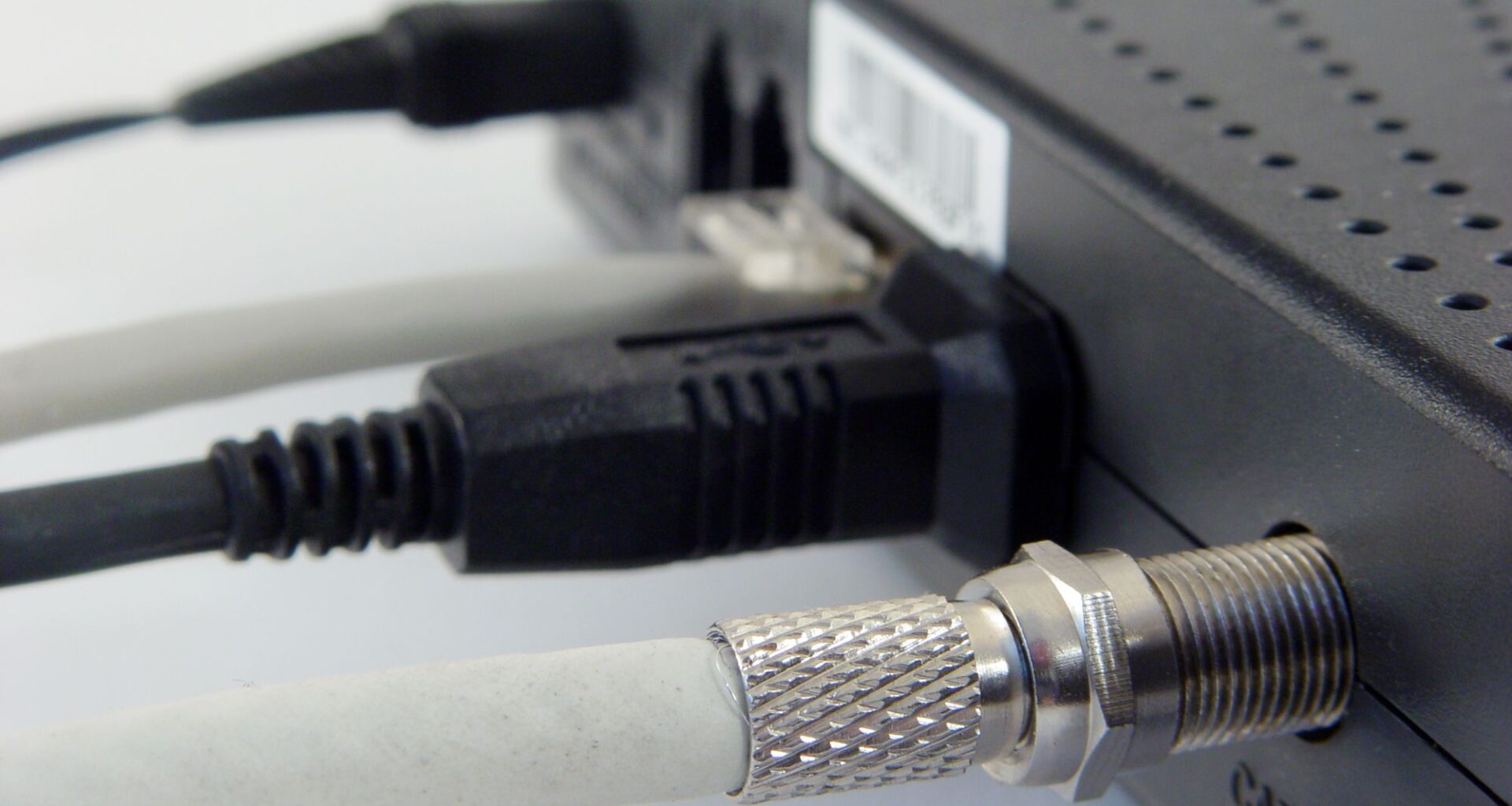The German Koblenz Regional Court has banned 1&1 from referring to its fiber-to-the-curb (FTTC) service as fiber-optic DSL, because it still uses copper cables for the final stage of its connections, sometimes for up to a mile. According to the Federation of German Consumer Organizations [machine translated], users who visited the ISP’s website and checked connection availability would get a ‘1&1 fiber optic DSL connection available’ check mark, even if the entire line isn’t composed entirely of fiber optic cables. But more than that, the company charges the consumer fiber optic rates, making users think they’re enjoying a full fiber service terminating in their unit.
However, the reality is that the fiber optic cables end at the distribution box which are usually installed in the street for residential neighborhoods or at the service room of a multi-unit structure building. From there, the company uses copper lines to run directly into the homes of its subscribers and pairs it with vectoring connection technology that reduces interference between multiple connections that terminate at the box. This boosts the DSL speed up to 100mbps, giving subscribers the impression that they’re paying for and getting fiber optic internet, which is not the case.
The monthly rates on these connections do reflect DSL pricing, not fiber optic connection costs. But the fact that its branding and presentation have ‘fiber optic’ all over, customers who aren’t familiar with terminology and pricing can be easily confused. Because of this, the German consumer group sued the company, with its chairperson, Ramona Pop, saying that “Anyone who apparently promises fiber optics but can only deliver DSL is deceiving customers.”
You may like
German courts have agreed with the consumer group, saying that the company’s use of ‘fiber optics’ was misleading. After all, when customers hear fiber optics, they often assume that they’re getting fiber optics all the way into their homes. And while the fine print reportedly contains information saying that part of the line uses a copper connection, the judiciary said that it wasn’t enough to avoid tricking customers into thinking that the offered connection is full fiber.
Unfortunately, while the consumer group may have won this round, the order isn’t enforceable yet. The company has appealed the ruling, so we will have to wait for the decision of a higher court before 1&1 will be forced to change its advertising.

Follow Tom’s Hardware on Google News, or add us as a preferred source, to get our latest news, analysis, & reviews in your feeds.
